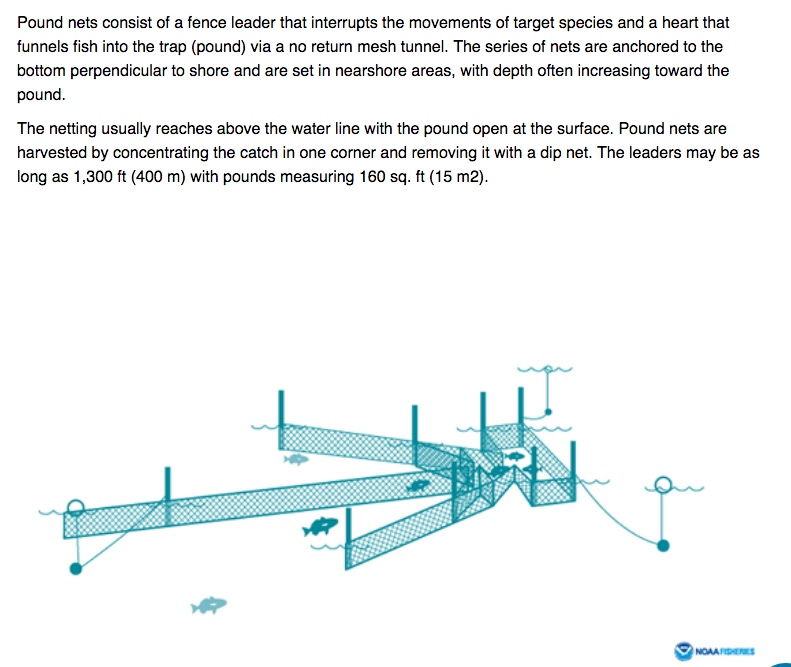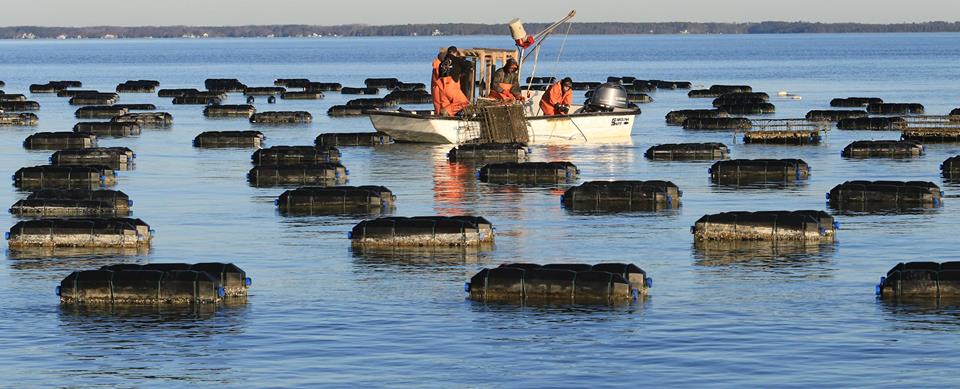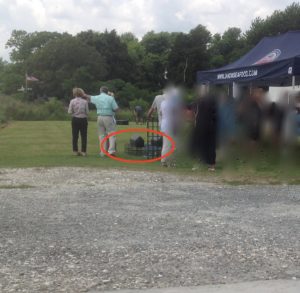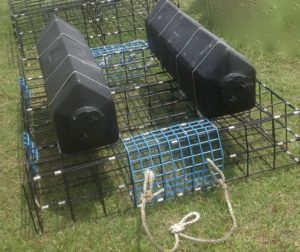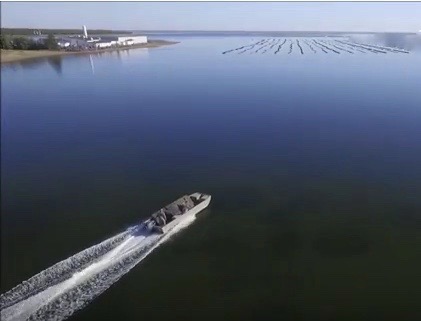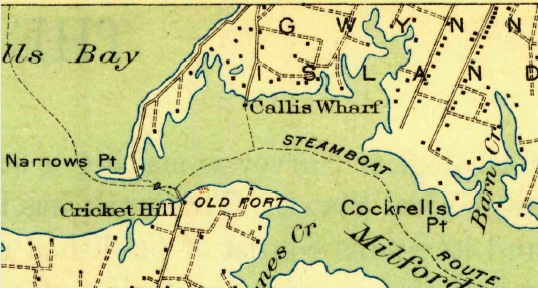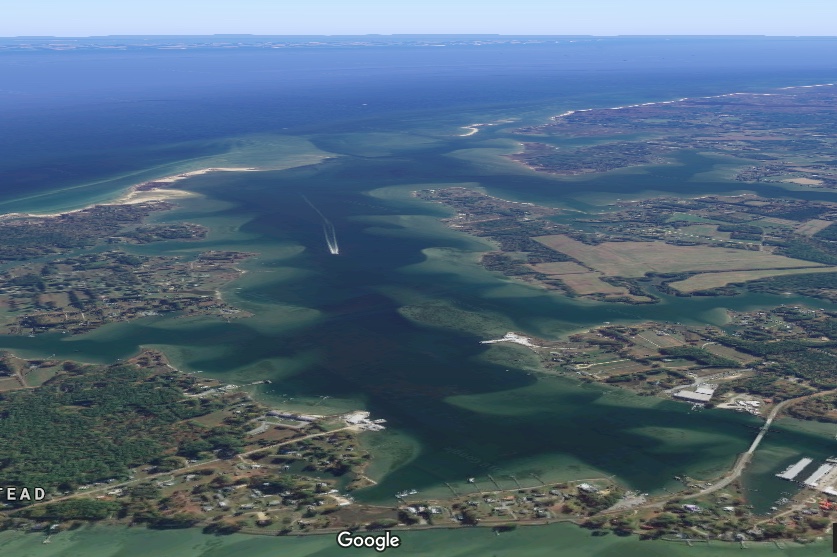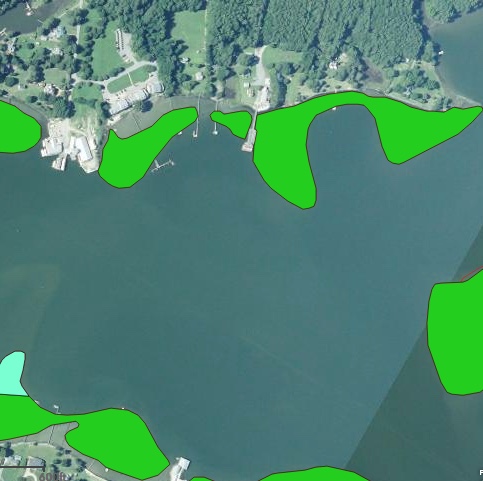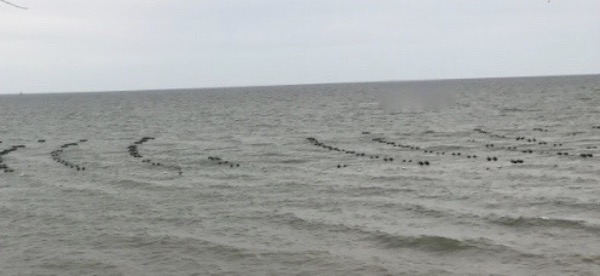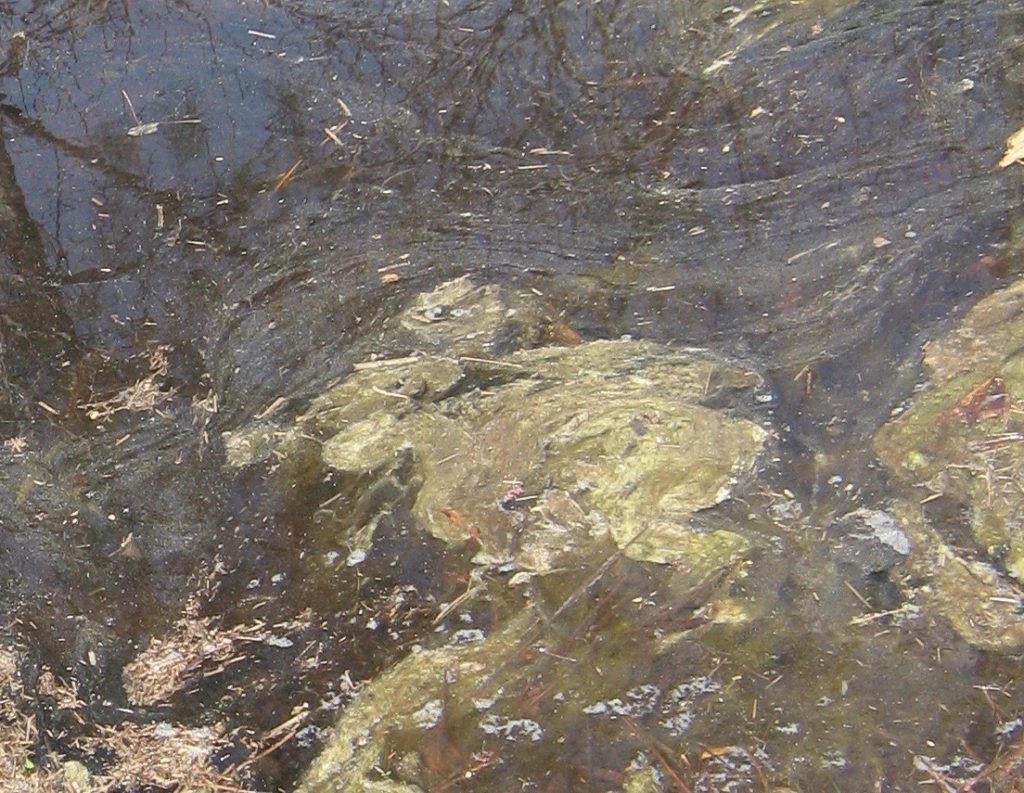By Carol J. Bova
On April 2nd, James C. Sherlock talked about the “Commonwealth of Virginia Emergency Operations Plan, Hazard-specific Annex #4, Pandemic Influenza Response” in an article on the Bacon’s Rebellion blog. He posted again on April 3rd that the plan had been removed from the state website.
The Commonwealth’s September 2019 Emergency Operations Plan not only removed the pandemic plan, it dropped all references to a pandemic and fails to offer any steps needed to deal with one.
If the Virginia Department of Health (VDH) still had that plan as a guideline, we could have been more prepared and more responsive to the Covid-19 pandemic in Virginia.
Look at the plan stages in the abandoned document and when they would have kicked in.
Stage 1 –Suspected Human Outbreak Overseas
WHO Phase 4
This occurred in November, 2019 in China.
VIRGINIA DEPARTMENT OF HEALTH:
- Review and exercise the VDH pandemic influenza plan.
- Continue surveillance.
- Coordinate with partners.
- Initiate education campaign.
- Prepare pre-scripted messages.
- Review and adjust inventories of selected resources.
- Coordinate with suppliers.
- Review and update the fatality management plan.
We don’t know if VDH reviewed supplies and coordinated with suppliers at that point. If they did, why don’t we at least have (Personal Protective Equipment (PPE) for our healthworkers four months later?
The Virginian-Pilot on April 2nd posted the Commonwealth’s March 30th request for Strategic National Stockpile (SNS) resources, showing the amounts requested and amounts received.
The article noted this was the third shipment. It would be informative to know when the state made the first two requests and when they first took steps to procure supplies directly from manufacturers before turning to the SNS.
Stage 2 –Confirmed Human Outbreak Overseas
WHO Phase 5
This occurred December 31 2019 – January, 2020
VIRGINIA DEPARTMENT OF HEALTH:
- Declare a “public health emergency.”
- Review and activate appropriate plans.
- Maintain dialogue with partners.
- Maintain heightened hospital and community-based surveillance.
- Continue education/guidance to the public.
Jan 26 VDH news release said first 3 test specimens sent to CDC, announced novel corona virus webpage and provided information.
Jan 27: Two cases negative. Waiting for third results.
Did VDH review the pandemic plan? Were supplies ordered? No mention in media release.
Jan 30, WHO declares international public health emergency
9976 cases in 21 countries
Stage 3 –Widespread Outbreaks Overseas
WHO Phase 6
VIRGINIA DEPARTMENT OF HEALTH:
- Maintain heightened hospital and community surveillance.
- Prepare to implement surge plans.
- Review and implement anti-viral distribution plans.
- Continue education and guidance to the public
No VDH announcements on surge plans or supply inventories.
Stage 4 –First Human-to-Human Case in North America
WHO Phase 6
This occurred January 21 First case confirmed in Washington state after travel from Wuhan.
VIRGINIA DEPARTMENT OF HEALTH:
- Maintain heightened hospital and community surveillance.
- Prepare to implement surge plans.
- Review and implement anti-viral distribution plans.
- Continue providing education and guidance to the public.
- Implement antiviral treatment/targeted prophylaxis.
Feb 13: VDH publishes infographic on Covid-19 symptoms
Feb 21 Fairfax County Health Dept. “Flu is making people sick in Fairfax, not coronavirus.” https://www.facebook.com/122759944481405/videos/640000020132352/
Stage 5 –Spread throughout U.S.
WHO Phase 6
This occurred February 26-28: Cases in California, Oregon, Washington, New York
VIRGINIA DEPARTMENT OF HEALTH:
- Maintain situational awareness of impacts on the health and medical sector.
- Continuously evaluate epidemiology of the virus.
- Update recommendations on treatment and protective actions
March 7, VDH confirms first two Covid-19 cases in Virginia in Fairfax
“Governor Northam and Cabinet officials have been briefed. Officials at Fort Belvoir Community Hospital and the Virginia Department of Health are working cooperatively, according to longstanding public health protocols. The teams are in regular and close communication with federal, state, local, and private sector partners.”
“Public health officials caution that evidence has not been seen of COVID-19 spreading in Virginia and said the risk is low.”
March 8, VDH press conference – status update
Virginia Health Commissioner Norm Oliver [4:03]: “A coordinated public health response is already underway. While the risk to the general public is low, the Virginia Department of Health is working with the Centers for Disease Control and Prevention, the Fairfax Health District, the Prince William Health District, and our Department of Defense partners to identify people who had contact with the cases and may be at risk of becoming infected with this Novel Corona Virus. I would like to sincerely thank our partners for collaborating in this very complex and rapidly evolving situation.
Before I turn this over to my colleagues to provide more details, I would like to emphasize that protecting the health and well being of Virginians is our top priority. The virus is spreading much like the Novel Influenza Virus would. VDH, the Department of Health, has led a very robust and comprehensive pandemic influenza preparedness effort since 2004. VDH successfully responded to the H1N1 flu pandemic in 2009 to 2010 and that work serves as a very solid foundation for the work that we’re doing for the response to Covid-19. The Virginia Department of Health works across all sectors, including healthcare providers, state and local government, first responders, and many community partners to prepare for and respond to outbreaks in all types of emergencies.”
State Epidemiologist, Lillian Peake [6:28]: “Testing for the case at Ft. Belvoir was conducted at Walter Reed National Military Medical Center. Testing for the patient from Fairfax City was conducted at the Department of General Services, Division of Consolidated Laboratory Services in Richmond, Virginia. Both tests will be confirmed at the Centers for Disease Control and Prevention. Both cases had travelled internationally days before developing symptoms and the two cases are not related. At this point, there are no signs of the virus spreading in the community in Virginia. As of nine o’clock this morning, 44 Virginians have been tested for the Novel Corona Virus. Thirty-six tests were negative, and we are awaiting results on six tests. Virginia has been preparing for the possibility of cases occurring in the Commonwealth since early January when the novel corona virus was first identified in China. The Virginia Department of Health has been closely coordinating with clinicians, our state lab, and other key partners statewide so we are able to identify patients early and take action quickly to prevent the spread of the disease to others. Virginia’s local health departments across the state are working with their communities to prepare, increase awareness, and encourage prevention. VDH set up a Covid-19 webpage very early in the response, and we are keeping it up to date with accurate information.”
The governor declared state of emergency March 12.
VDH Infographic releases:
http://www.vdh.virginia.gov/coronavirus/resources-and-support/
Mar 13: VDH infographics on symptoms, local and travel
Mar 13: CDC About Covid-19
Mar 16: CDC on stopping spread
Mar 18: About CDC response and activities
Mar 20: CDC on symptoms
When were PPE supplies ordered or requested from SNS before March 30th?
TBD
Stage 6 – Recovery/Preparation for Subsequent Waves
WHO Phase 6
VIRGINIA DEPARTMENT OF HEALTH:
- Assess regional impacts on the health and medical sector.
- Review lessons learned and implement adjustments.
- Replenish essential resource inventories.
- Adjust regional staffs to meet needs.
- Prepare for next wave.
Repeating what State Health Commissioner Norm Oliver said March 8th, “VDH, the Department of Health, has led a very robust and comprehensive pandemic influenza preparedness effort since 2004. VDH successfully responded to the H1N1 flu pandemic in 2009 to 2010 and that work serves as a very solid foundation for the work that we’re doing for the response to Covid-19.”
So why was VDH still denying the possibility of a widespread outbreak in Virginia, and why hadn’t they worked to secure supplies earlier?

